blog
Interview with photographers Ioana Cîrlig & Marin Raica
F-Stop Magazine: How did you both first become involved in photography and what led to you working in this medium as an artist?
Ioana Cîrlig: I went to film school and when I was 20 I got a job as staff photographer for a newspaper. I was interested in photojournalism and after a while became fascinated with documentary photography.
Marin Raica: When I was 16 I saw a friend taking pictures. I asked to borrow the camera and instantly became very passionate about photography. I worked for ten years as a photojournalist for a Romanian newspaper.
For a few years now we have both been dedicating most of our time to personal projects.
F-Stop: The “Documentary” issue of F-Stop includes your project “Post-industrial Stories” can you tell us about this project? What led to you creating this project?
We both travelled a lot around the country and noticed a very common situation: all of Romania’s industrial areas are now suffering from the effects of deindustrialization. We became curious as to how these changes affect the people and the landscape. We find monoindustrial areas very interesting because they have been going through two aggressive waves of change: first in the communism years when they were heavily urbanized and the second after the 1989 revolution when the industrial centers started to close, the people had to move away, the buildings started to decay.
F-Stop: Do the two of you typically collaborate on projects or is the collaboration specific to this body of work?
This is the first project we collaborated on. Because for this project we decided to actually move from Bucharest to a small town every year it is easier, more fun and less lonely to live, plan, travel and work together.
F-Stop: What is your process for making these images together or your creative process more generally? Do you photograph together or separately? Do you get to know the people and communities you photograph? How long do you spend in a particular location?
We each plan our series and work separately. We live for about a year in a small industrial town and also travel from there to the places around it. Actually, we just now finished packing all our stuff: tomorrow we are moving to Petrila, a town in Valea Jiului, the largest mining area in Romania. Three of the seven mines still working here are going to be shut down until 2016. We made friends in the area, we like to get to know the people before photographing them. It’s the reason we decided to move to the places we are interested in, not just visit. We always feel we need more time. We hope to be living in Petrila for about a year, maybe more, and work on a few stories here.
F-Stop: What do you hope people see or feel or perhaps learn when they look at these photographs?
We hope we are able to capture the feel, the atmosphere and the personality of the places we photograph. We wish to present life with respect and sympathy. There are (at least) two very diferent worlds in Romania, we would like to get one to be curious about the other.
F-Stop: Do you each have a favorite image in this series? If so, which one and why is it the image that speaks to you most?
Not really, we are always more interested in the freshest batch, the latest idea, the pictures we just took and are now curious about. Because we work on film and it always takes a long time to get them developed (we have to get them to Bucharest), we are very excited about the moment when we get to see the results.
F-Stop: What is the intended “end” or “purpose” for the project? (i.e, book, multi media piece, etc)
We had a few exhibitions in Romania and next year we’ll have a Post-Industrial Stories exhibition in London. We will probably be working on the project for about two more years. After we feel we’re done photographing we’d love to publish a book.
F-Stop: What are you working on now?
In Valea Jiului we are going to work on a few diferent subjects and hopefully at the end of the year we will have a set of images that capture the mining area in this time of change. We are interested in diferent types of people, in the urban and industrial landscape and in the phenomenon of community depression as it manifests in monoindustrial areas that have lost (or are in the process of losing) their central activity.
F-Stop: What photographers or other artists inspire you?
A few of the photographers we both really like: Alec Soth, Vanessa Winship, Bryan Schutmaat, Rob Hornstra, Max Sher, Rafal Milach, Alessandra Sanguinetti.
F-Stop: What is the best career advice you have ever received?
Ioana: My photography professor told me that it is important to be very honest about what you are interested in and not just go with the trends. And always stay curious.
Marin: I can’t think of any good career advice I received but the ones from Charles H. Traub’s Do’s and Don’ts of Graduate Studies (from “The Education of a Photographer”) come to mind. I’ve seen them on Alec Soth’s blog a while back.
For more of Ioana Cîrlig’s & Marin Raica’s work: ioanacirlig.com www.marinraica.com

Location: Online Type: Featured Photographer, Interview
Events by Location
Post Categories
Tags
- Abstract
- Alternative process
- Architecture
- Artist Talk
- artistic residency
- Biennial
- Black and White
- Book Fair
- Car culture
- Charity
- Childhood
- Children
- Cities
- Collaboration
- Community
- Cyanotype
- Documentary
- Environment
- Event
- Exhibition
- Faith
- Family
- Fashion
- Festival
- Film Review
- Food
- Friendship
- FStop20th
- Gender
- Gun Culture
- Habitat
- Hom
- home
- journal
- Landscapes
- Lecture
- Love
- Masculinity
- Mental Health
- Migration
- Museums
- Music
- Nature
- Night
- nuclear
- p
- photographic residency
- Photomontage
- Plants
- Podcast
- Portraits
- Prairies
- Religion
- River
- Still Life
- Street Photography
- Tourism
- UFO
- Water
- Zine

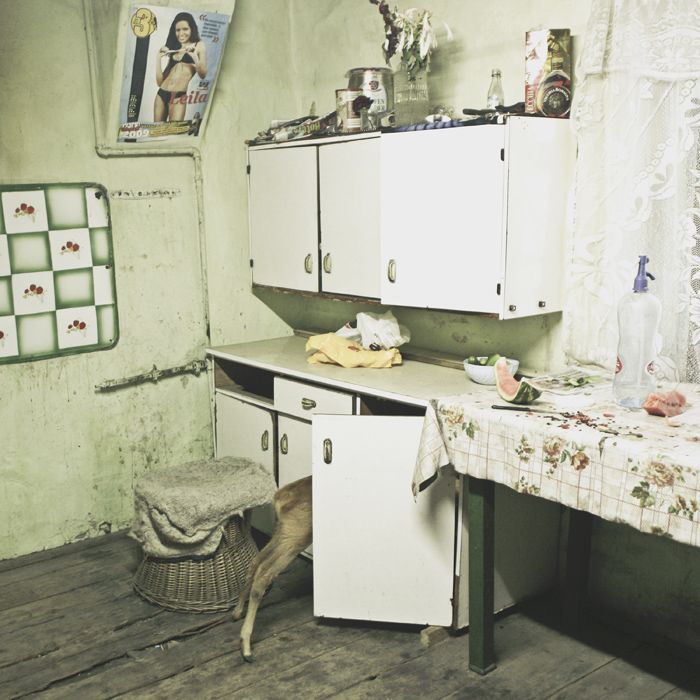
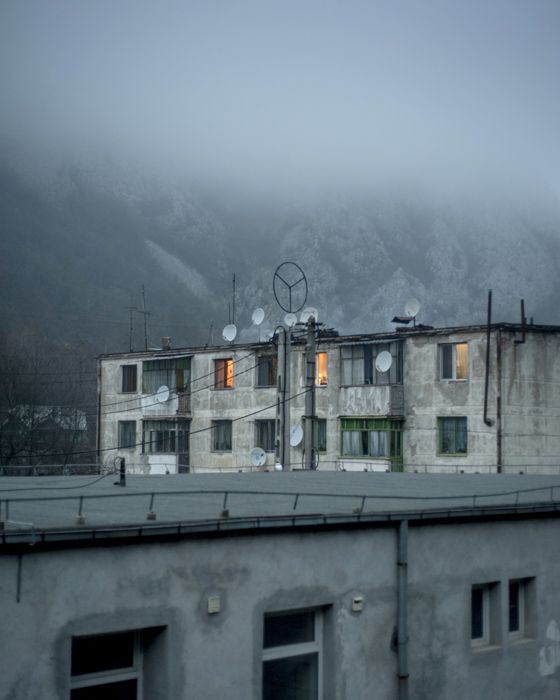
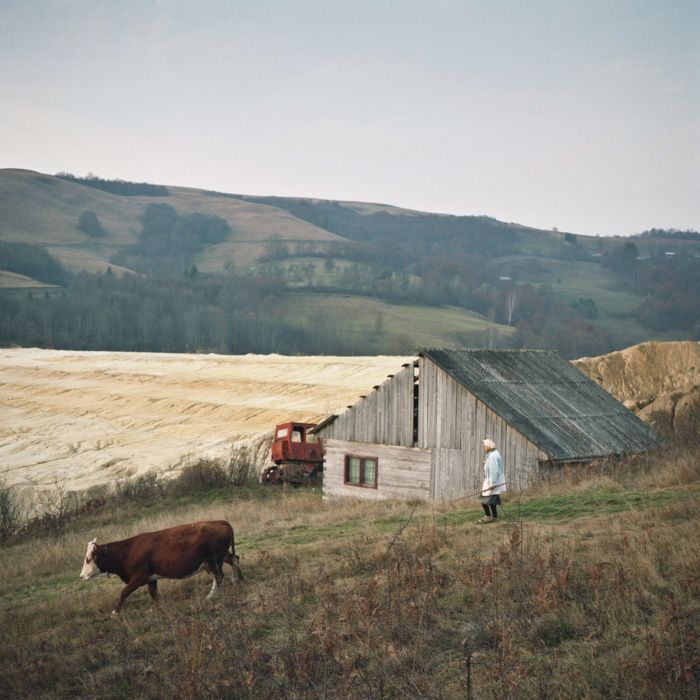
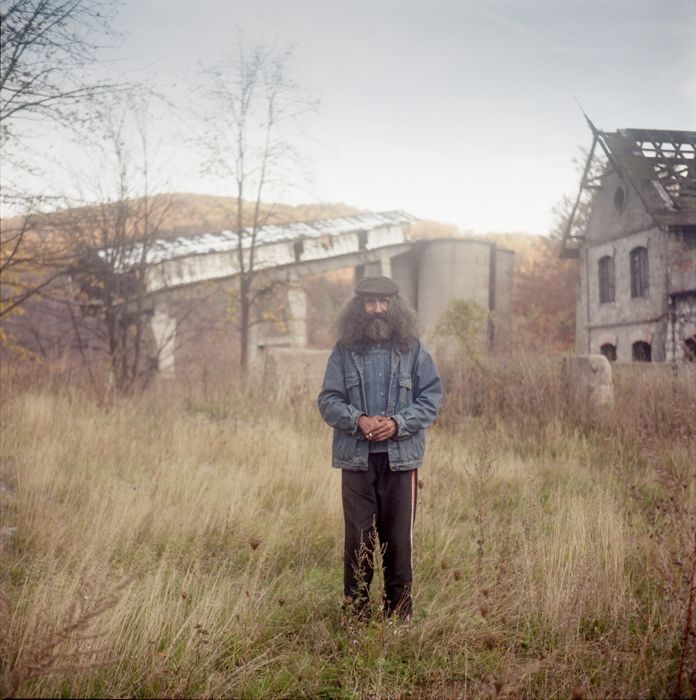
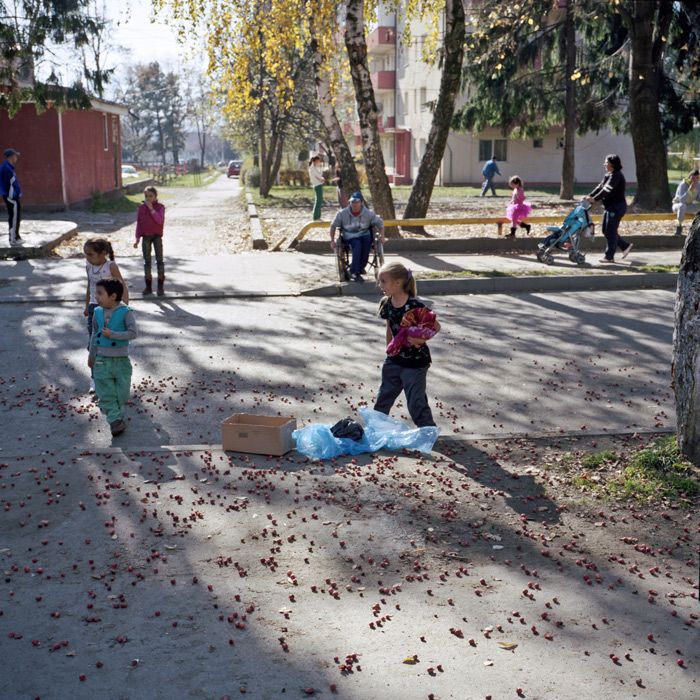

Leave a Reply